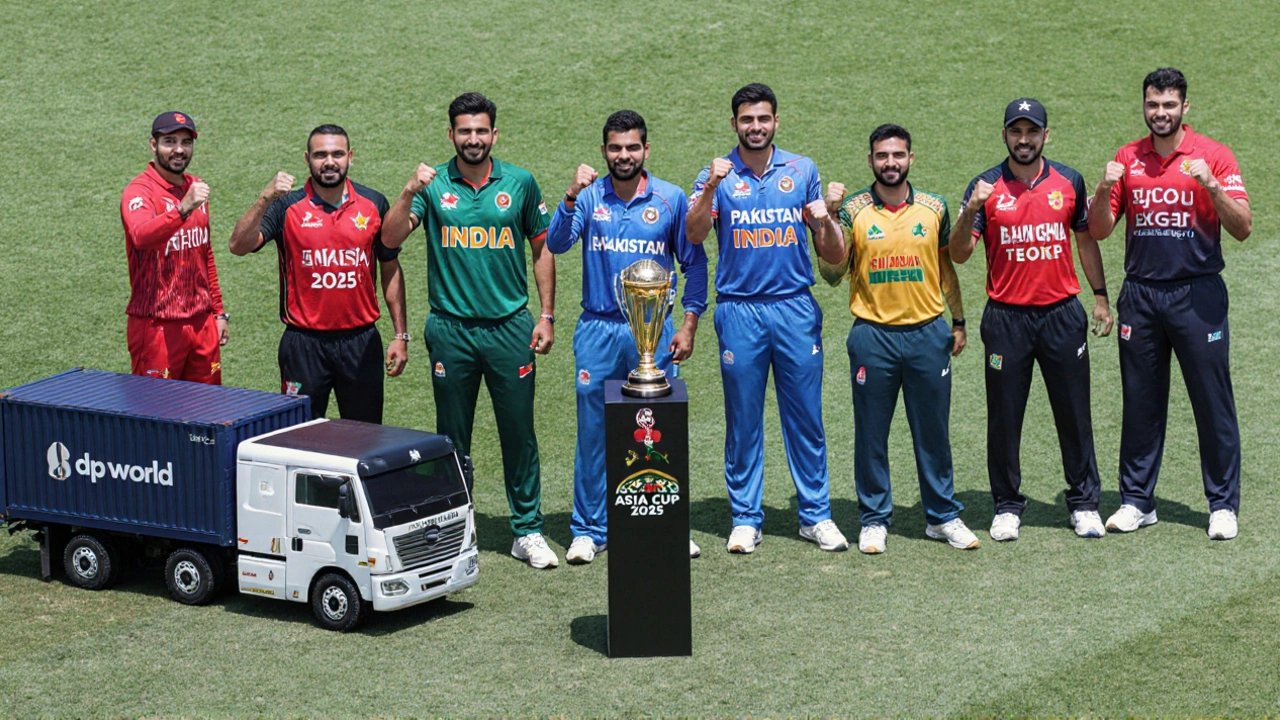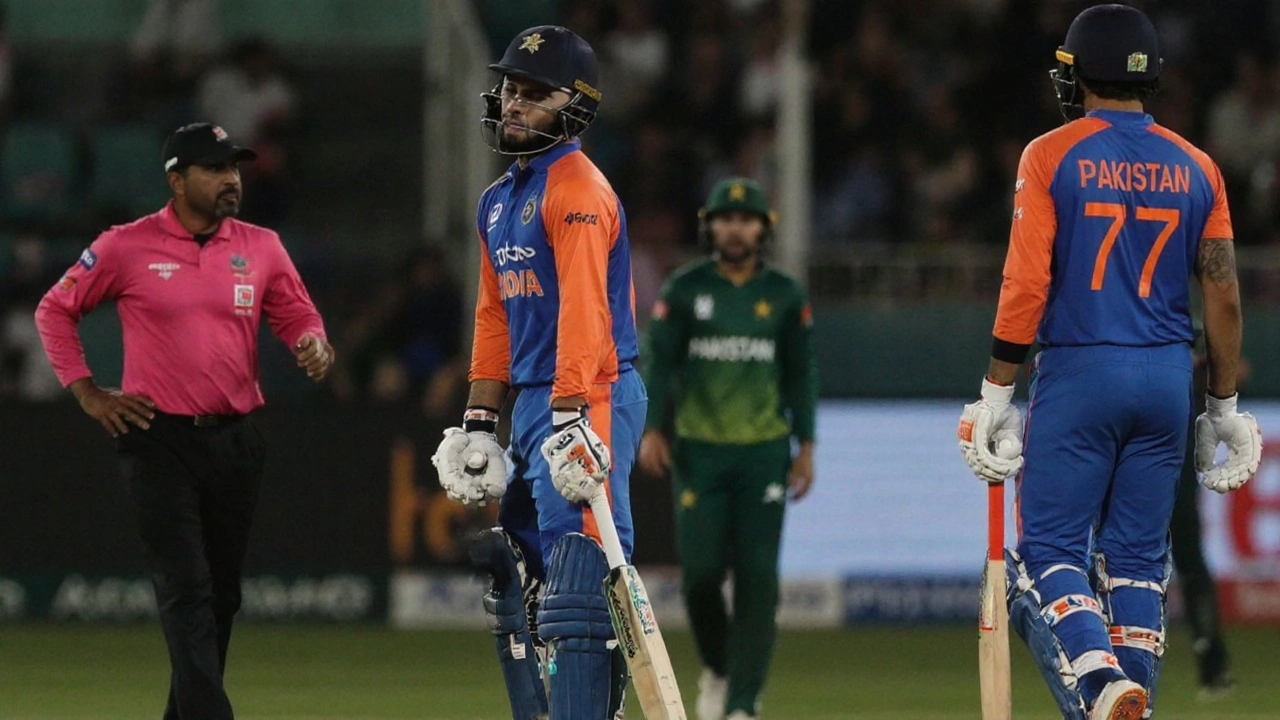Road to the Historic Showdown
From September 9 to 28, the United Arab Emirates has been buzzing with the 17th edition of the Asia Cup 2025 final. Ten teams started the tournament in three groups, but only four made it to the Super Four stage that decides the finalists. India clinched the top spot by winning both of its Super Four games and posting a net run rate of 1.357 – the highest in the round.
Pakistan’s journey was a little bumpier. After a shaky start against Bangladesh, they found a lifeline when Mohammad Haris smashed 31 runs off just 23 balls. His quickfire knock steadied a collapse that saw Pakistan wobble at 5/2. The lower‑order batsmen dug in, and Pakistan finally posted 135 for 8, a total that looked modest but proved defendable thanks to disciplined bowling.
The match against Bangladesh turned into a turning point. Pakistan’s bowlers, led by Shaheen Afridi’s 3‑for‑22, squeezed out wickets at regular intervals, choking the Bangladeshi lineup. When Bangladesh fell short of the target, Pakistan locked in the second qualifying spot with a net run rate of 0.329, edging out Sri Lanka, which failed to win any of its two games.
India, meanwhile, rode a wave of dominance. Openers Prithvi Shaw and Shubman Gill put up a solid opening partnership against Sri Lanka, and the middle order, featuring Virat Kohli and Shivam Dube, paced the chase. Their aggressive batting, combined with tight fielding, gave India a comfortable berth in the final.

What to Expect in the Final
September 28 will see the Dubai International Cricket Stadium packed to the rafters. The venue, a favorite for high‑scoring games, often sees pitches that favor both batters and spinners, so teams will have to balance aggression with caution.
For Pakistan, the key will be to replicate the spirit shown in the Bangladesh game. Early wickets could unsettle India’s top order, while a quick finish from players like Babar Azam or Iftikhar Ahmed might chase down a big total. The spin duo of Shadab Khan and Yasir Shah will also be looking to exploit any turn the pitch offers.
India will likely stick to the formula that got them here: a strong opening stand, followed by a surge from the middle order. With Jasprit Bumrah spearheading the pace attack, Pakistan’s lower‑order could be under pressure. Meanwhile, Rashid Khan’s all‑round brilliance might tilt the balance if he gets a few crucial wickets.
Beyond the on‑field tactics, the match carries massive emotional weight. This is the first time the two rivals meet in an Asia Cup final, adding a fresh layer to a showdown that historically erupts in high‑tension matches. Fans across South Asia and the diaspora are already booking travel, setting up massive viewing parties, and flooding social media with hashtags like #IndvPakFinal.
Broadcast numbers are expected to smash previous records. The 2024 Asia Cup attracted over 500 million viewers worldwide; analysts predict that the 2025 final could push the figure close to the 800‑million mark, especially with streaming platforms offering live coverage in multiple languages.
Weather in Dubai on the final day is usually warm, with temperatures hovering around 34°C (93°F). The stadium’s advanced cooling systems will keep the outfield comfortable, but teams will still need to manage player fatigue, especially for bowlers delivering long spells.
Whatever the outcome, the match will write a new chapter in cricket history. It will be a test of skill, nerve, and the ability to handle pressure on a grand stage. For the players, it’s a chance to etch their names alongside legends; for the fans, it’s a once‑in‑a‑generation spectacle that could define the next era of Indo‑Pak cricket rivalry.



